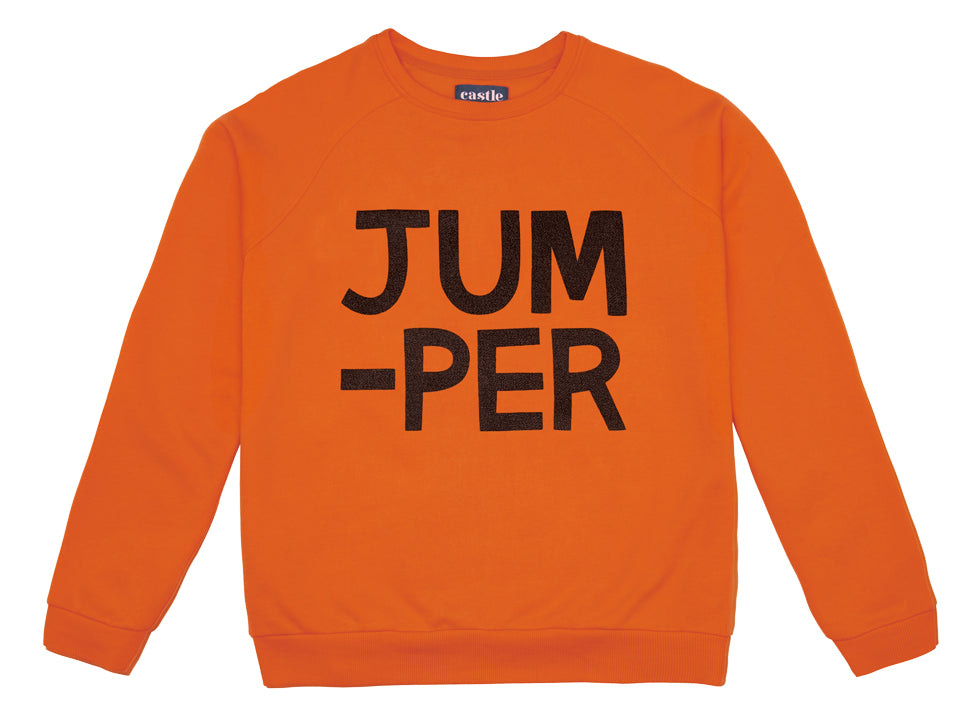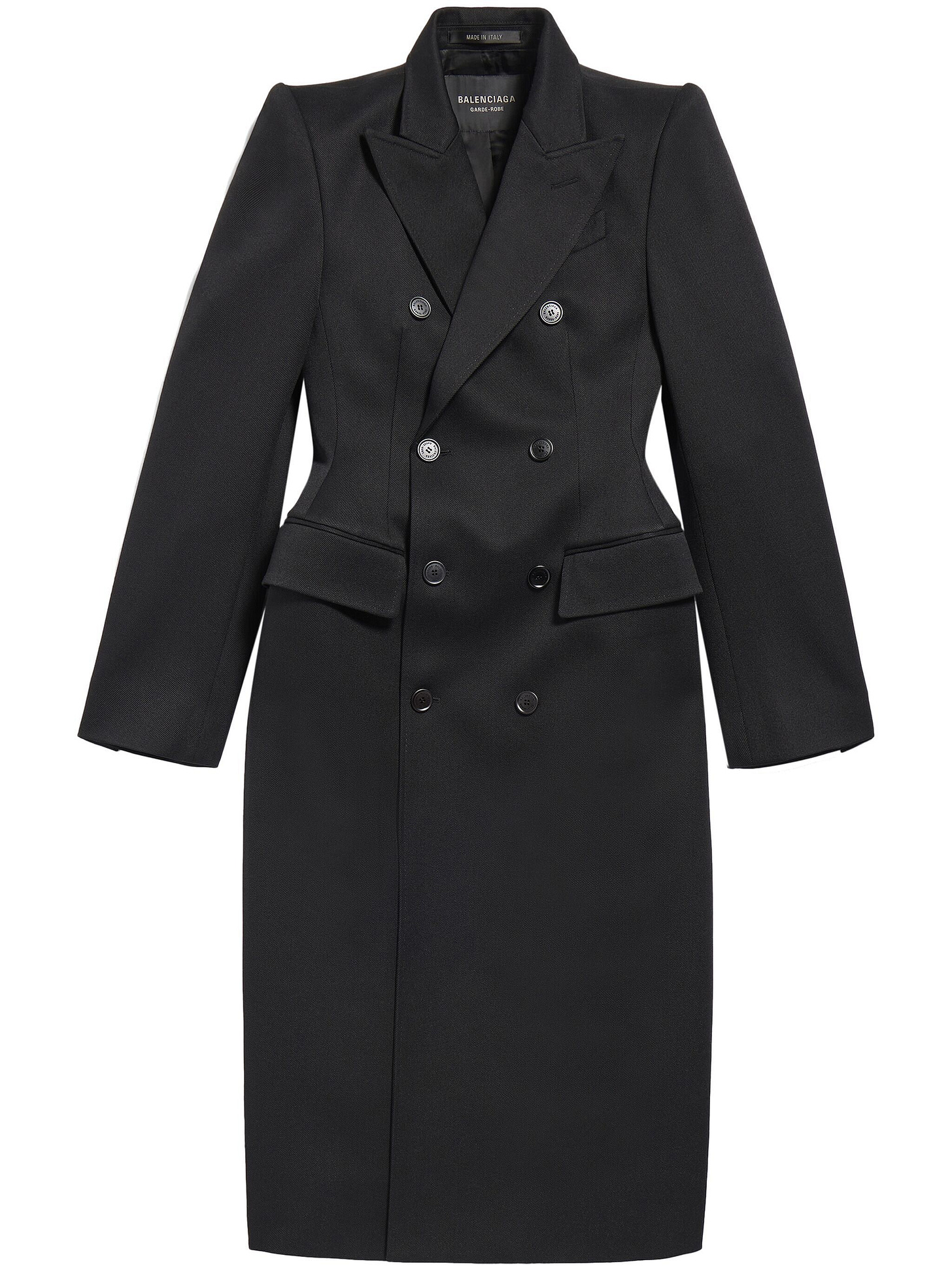When is a coat a jumper? When you buy it from Cettire
We're half way there, Woah! livin' on a misquoted HS code
On a day such as this it should be tempting to do a victory lap1. However this note finds your correspondent somewhat confused - is this a jumper or a coat?
It seems it’s not just me that’s confused, but also Cettire and Customs and Border Protection. The implications of the answer have dire consequences for Cettire! OK Bit clickbait-y but the pay off is worth it I reckon.
Never interfere with your enemy when he is making a mistake
Today’s epic profit warning required little comment2, however an otherwise anodyne article published in the AFR this evening contained a direct quote by Cettire’s CFO that can only be attributed to blind panic at having been caught out.
HS codes are not in and of themselves determinative
In the US (and pretty much everywhere else) HS codes are literally determinative of the duty rate payable.
Now context is key here, and it may take a second to work this through, but the implications from this are utterly destructive to Cettire. If the implications of the deeply buried lede in this article are correct, together with Ari tapping out on the water pipes that Cettire have been using “First Sale For Export” (FSFE) rules to reduce their duties exposure, there is :
the potential for a class action from customers who have not had duties refunded which were never due in the first place
a question about whether the first sale is bona fide and therefore FSFE applies if the seller charges duties (even estimated) on a sale that reflects the retail sale and not the first sale
a question of whether Cettire have been charging customers based on one HS code and declaring a different HS code to Customs authorities.
This last one is particularly troubling because if Cettire has charged a customer based on the correct HS code and yet declared a different HS code to customs with a lower rate of duties and pocketed the difference - how could Cettire defend a charge of customs fraud through changing HS codes when they charged the correct amount to the customer? Any defence based on the discrepancy being inadvertent might be dismissed if a customer was charged a duties rate that corresponded precisely with the item’s HS classification and yet a different, lower rated HS code was quoted to CBP.
Are HS codes “determinative”? You bet you are, you bet I am
HS, HTS, HTSUS - these acronyms can all be decrypted with the use of the words Harmonised Tariff System (United States) by inclusion or omission, and will be used here interchangeably. ‘Determinative’ is defined as ‘serving to define, qualify, or direct.’
In plain English, to falsify what the CFO is directly quoted as saying in response to the AFR’s questions, we only need to show that the duties charged by CBP on entry to the US are - unless challenged by CBP of course - defined by the HS code declared on the entry form.
Awks!
So here is the customs entry form 7501, stylised to match the detail we can glean from the original Texas AFR article and what has been revealed in this evening’s article, varied by three different options open to Cettire to declare.
Stylised 7501 Customs Entry From
From the AFR article, “Jane’s” Balenciaga wool coat was declared with an HTS code that corresponded to a wool Jumper, attracting a rate of 6% on what is presumably a “first sale” declared value of US$2137 - meaning that Cettire’s liability was $128.21
Had it been declared as a wool coat, it would have attracted 16.4% duties. If Cettire are using FSFE to lower their customs liabilities and had passed this on to the customer, the customs fee would have been in the order of $350
If Cettire had declared to CBP the price the customer paid without the benefit of FSFE and the correct HTS code, then the duty would have been in the order of US$480 - which is what “Jane” paid.
Since it is proven that Cettire used option 1 whilst charging Jane based on option 3, they pocketed an extra $352 - or 12% of the quoted price - on this sale through this method.
As a reminder - Cettire claims that neither customs duties, nor customs revenue, nor the difference between them is material to any line item, without ever defining materiality. With Cettire today claiming that items over the USD800 de minimis threshold are making up an increasing proportion of sales, this claim should be revisited.
Satin shirt, or is it a singlet? Hoisted by one’s own petard
Back in March, the CFO held out that customs was difficult, and repeatedly referred to house broker Ari’s broker-standard double-cuffed shirt as a “pink satin shirt”. Indeed, he implausibly held out that perhaps customs might classify it as a singlet.
This is the CFO admitting, all the way back in March after the first AFR article on duties that misclassifications happen frequently - but contrary to the CFO’s assertion on the call, it’s impossible to be comfortable that in the case of the full length wool coat if customs ruled it was not a jumper would be due to “complexity” or “manual processes” - the company’s own website declares that it is a coat, and the company’s own checkout processes charged duties based on the price paid and the duties for a coat.
Implications for returns, margins
At the same time as Cettire changed their checkout to a duties inclusive basis, they also changed their returns policy to a fixed fee for returns from the prior policy of not refunding “duties”. This seems to be have been a sensible choice to belatedly attempt some form of compliance, since it is clear that refusing to refund customers duties that were never paid due to them never having been paid to CBP in the first place due to the company’s use of FSFE is utterly unconscionable.
The fact that the returns fee for items over US$800 was set at US$50 per item could give a hint as to the magnitude of this prior benefit.
Are you Bona Fide?
One of the requirements to use the FSFE (first sale for export rules) that effectively allows Cettire to exclude their commission on a sale to a customer (around 30%) from the value declared at customs entry is that sales must be “bona fide”. It’s beyond my expertise to give a definitive opinion on whether charging a “duties” line item to customers based on full retail price then declaring a different amount to customs would render the intent of that sale non-bona fide. However bona fide comes from the Latin for good faith - and charging customers duties based on a different price you intend to declare to customs would seem to this observer at least to be the definition of bad faith.
Should CBP take a similar view, one could expect an investigation and audit to ensue - and a large potential liability.
Gunsmoke
Much of the ill-informed talk of the last 3 months has been related to whether there was a smoking gun - and in the absence of one, would Cettire fall over?
As it turns out, the prediction in these pixels that the effect of Cettire’s checkout would only be seen in Q4 has played out and that ultimately, it’s the fragility of Cettire’s business model that requires not only one iffy policy but all the iffy policies to eke out tiny margins has come to pass.
But it also turns out there was a smoking gun all along, so long as you knew the difference between a jumper and a coat, because Cettire didn’t.
As a handy explainer for future reference:
And I’d have LOVED to have just written up the broker commentary with suitable snark - Hey Jules!
Ok Julian. Leaving your $6.11 price target unchanged is hilarious, especially on the basis that since your FY26 estimates are unchanged everything prior to that is irrelevant. Did you cover White Star Line in 1912?









